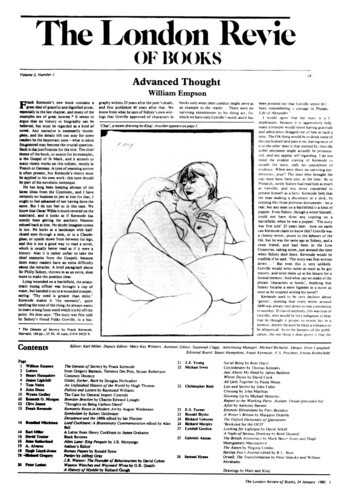Strange Loops
James Lighthill, 24 January 1980
Mathematicians have always prided them selves on being poised half-way between the arts and the sciences. On the one hand, mathematical theorems share with artistic works the features of beauty and unexpectedness – qualities which general readers may have been enabled by Hardy’s Mathematician’s Apology to perceive in this simple but profound theorem: a prime number that leaves the remainder I when divided by 4 can be expressed as the sum of two squares in one and only one way. Mathematical proofs, from those of Euclid onwards, as Hardy again illustrated through one of Euclid’s best, may brilliantly combine the artistic merit of economy of means with these features of beauty and unexpectedness. Yet, above all, it is the imaginativeness that great mathematicians showed as they went beyond the numbers to create far more complex logical structures – where profound insights were nevertheless used to discern and demonstrate powerful simplicities of interconnection – that links them to the great artists with their gifts for imaginative invention.

